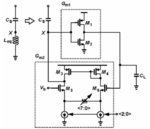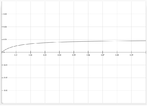promach
Advanced Member level 4

" Increasing current would look easy, but it will affect your current source's bias margin reducing CMRR. Increasing current will reduce the gain. But varying Rs will not give you a great range, but will not affect your dc operating much as it carries incremental current. "
Could anyone elaborate more on the statement above possibly with some other references, diagrams or equations ?








